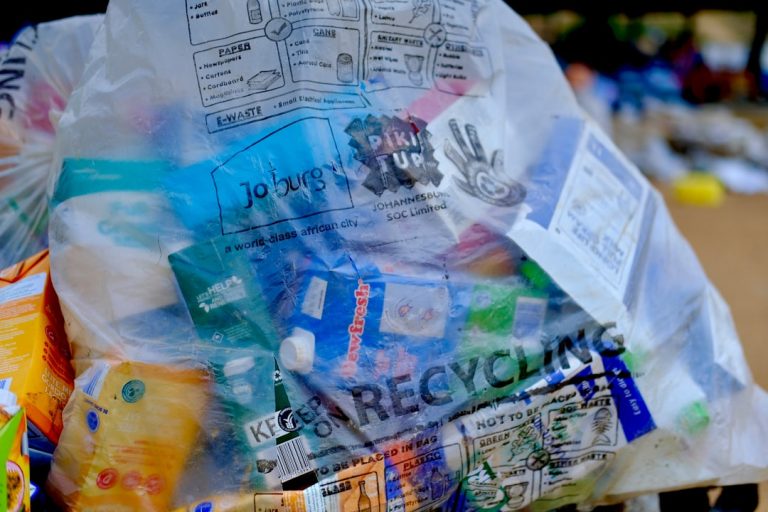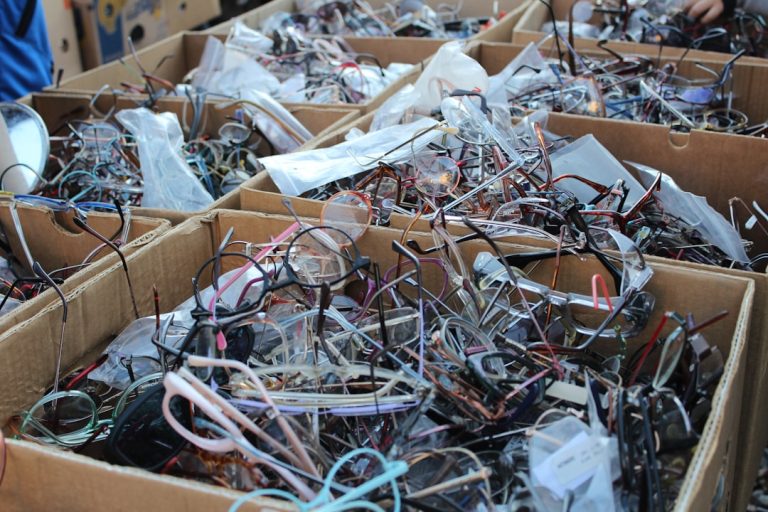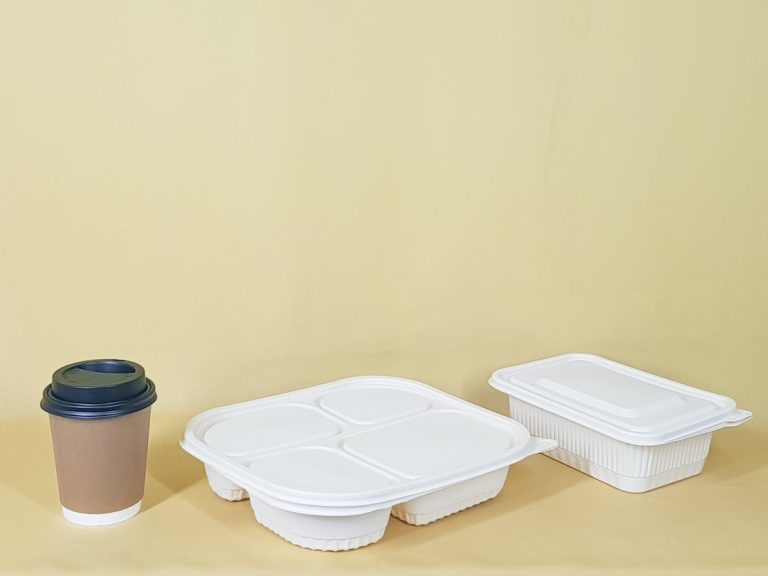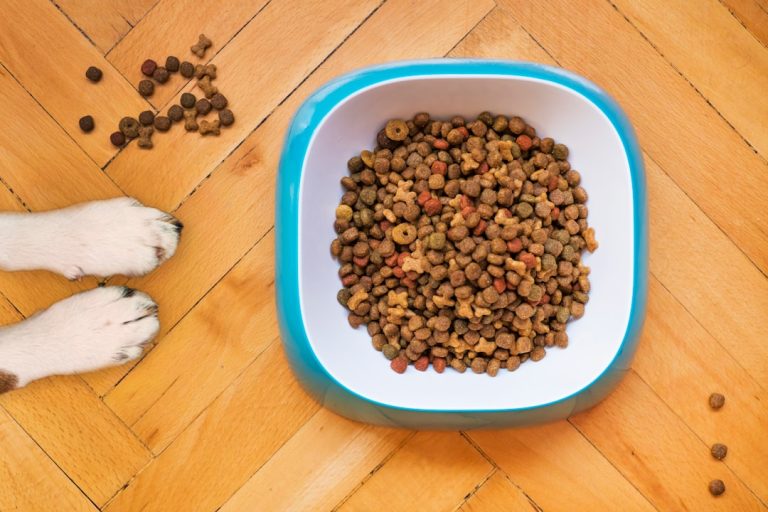My Guide to Composting Food Scraps in a Small Apartment.
My Guide to Composting Food Scraps in a Small Apartment
Living in a small apartment often means making clever choices about space, storage, and even our daily habits. For the longest time, I thought composting was an exclusive luxury for those with sprawling backyards and ample garden space. The idea of turning my food scraps into nutrient-rich soil while living in a modest urban dwelling seemed like a pipe dream, fraught with visions of lingering odors, fruit flies, and general mess. But my desire to reduce waste and contribute to a healthier planet kept nagging at me. After much research, trial, and error, I discovered that not only is composting in a small apartment entirely possible, it’s actually incredibly rewarding and surprisingly manageable. This guide is a distillation of my personal journey and the practical strategies I’ve learned to successfully compost food scraps right here in my tiny corner of the city.
Why My Tiny Kitchen Needs a Compost Bin (And Yours Might Too!)
Before diving into the “how,” let’s address the “why.” You might be thinking, “Why bother with composting when I can just toss my food scraps in the trash?” For me, the motivation was multi-faceted, stemming from a growing awareness of environmental impact and a desire to live more sustainably. Food waste sent to landfills decomposes anaerobically (without oxygen), producing methane, a potent greenhouse gas that contributes significantly to climate change. By composting, we divert these organic materials from landfills, allowing them to break down aerobically, creating a valuable soil amendment instead.
Beyond the global impact, there’s a tangible benefit for apartment dwellers. Even if you don’t have an expansive garden, that nutrient-rich compost can revitalize your indoor herb garden, nourish your beloved houseplants, or be shared with community gardens. It transforms what was once considered “waste” into a valuable resource, closing a beautiful loop in our urban ecosystem. My personal journey began with a simple desire to reduce my trash output – I was amazed at how much of my weekly waste was actually compostable! It quickly became clear that a small apartment isn’t a barrier, but rather an opportunity for creative, compact composting solutions.
Picking Your Apartment Composting Champion: From Worms to Fermentation
The first hurdle for me was understanding that “composting” isn’t a one-size-fits-all endeavor. Especially in a small apartment, you need a method that aligns with your space, lifestyle, and comfort level. I explored several options before settling on what worked best for me, and I encourage you to do the same. Here are the top contenders for urban composting:
Vermicomposting: My Favorite Wriggling Roommates
This is my personal champion. Vermicomposting uses specialized composting worms (usually red wigglers, not common garden earthworms!) to break down food scraps. It’s incredibly efficient, relatively odorless when done correctly, and produces fantastic worm castings (vermicompost) – a super-rich soil amendment. My setup is a multi-tiered plastic bin that fits neatly into a closet or under a counter. The worms do all the heavy lifting, munching through fruit peels, vegetable scraps, coffee grounds, and even shredded paper.
- Pros: Very efficient, produces high-quality compost, relatively compact, educational (if you’re into worms!).
- Cons: Requires a bit of initial setup and learning curve for worm care, can be sensitive to overfeeding or certain types of food.
Bokashi Composting: The Fermentation Powerhouse
Bokashi is a fermentation process rather than traditional decomposition. You place food scraps (including meat, dairy, and cooked foods – things worms often avoid!) into an airtight bucket layered with a special “bokashi bran” inoculated with beneficial microbes. The microbes ferment the food, pickling it. After a few weeks of fermentation, the pickled scraps aren’t yet compost; they need to be buried in soil (a large planter, a community garden, or a trench if you have access to outdoor space) to fully break down. The liquid drained from the bokashi bucket (bokashi tea) is a fantastic fertilizer for plants (diluted!).

- Pros: Can compost *all* food scraps, including meat and dairy; completely odorless during fermentation; compact buckets.
- Cons: Requires a secondary burial step for full decomposition, bran needs to be purchased, initial “sour” smell when opening if not done right.
Electric Composter: The High-Tech Shortcut
These countertop appliances rapidly break down food scraps through heat, grinding, and aeration. They significantly reduce the volume of food waste in a matter of hours. However, what they produce isn’t true compost; it’s more of a dried, sterile material that still needs to be added to soil or a traditional compost pile to further decompose and become biologically active. They are excellent for reducing waste volume and odors almost instantly.
- Pros: Fast, convenient, eliminates odors and pests quickly, significantly reduces volume.
- Cons: High upfront cost, uses electricity, product isn’t biologically active compost, still requires further decomposition.
For my apartment, vermicomposting struck the perfect balance of efficiency, environmental benefit, and ease of use. I recommend researching each method and considering what fits best with your daily routine and the types of food scraps you generate most often.
Setting Up Your Urban Compost Hub: Space-Saving & Odor-Proof Strategies
The biggest concern for many apartment dwellers, including myself, is managing space and preventing unpleasant odors. Here’s how I tackled these challenges to make my composting system a seamless part of my small living space.
Choosing the Right Spot (It’s Smaller Than You Think!)
My worm bin lives quietly in a corner of my laundry closet. It’s out of sight, out of mind, and the worms prefer a dark, stable temperature. Other great spots include under the kitchen sink (if it’s not too warm), a utility closet, a quiet corner of a spare room, or even on a balcony (ensure it’s shaded and protected from extreme temperatures). The key is finding a spot that’s out of direct sunlight and maintains a relatively consistent temperature – ideally between 55-77°F (13-25°C).
Investing in the Right Gear (Compact & Functional)
- The Main Composter: For vermicomposting, I use a stackable plastic worm bin. They come in various sizes; choose one appropriate for the amount of food scraps your household generates. Mine is about 15x15x20 inches, perfectly manageable.
- Kitchen Scrap Collector: This is crucial. I have a small, attractive countertop compost caddy with a charcoal filter. It holds about 1 gallon of scraps and I empty it into the main bin every 2-3 days. The filter is essential for preventing odors and fruit flies in the kitchen.
- Bedding Material: For vermicomposting, you’ll need bedding. I use shredded newspaper, cardboard, and sometimes coco coir. Always keep a stash of these “browns” handy to balance out your “greens” (food scraps).
- Tools: A small hand trowel or fork for gently turning the compost, and a spray bottle for moisture are useful.
Odor Control: My Apartment’s Secret Weapon
This is where many people get nervous about apartment composting, but it’s entirely manageable. A healthy compost system, especially vermicomposting, shouldn’t smell bad – it should have an earthy, forest-floor aroma. If you smell foul odors,






